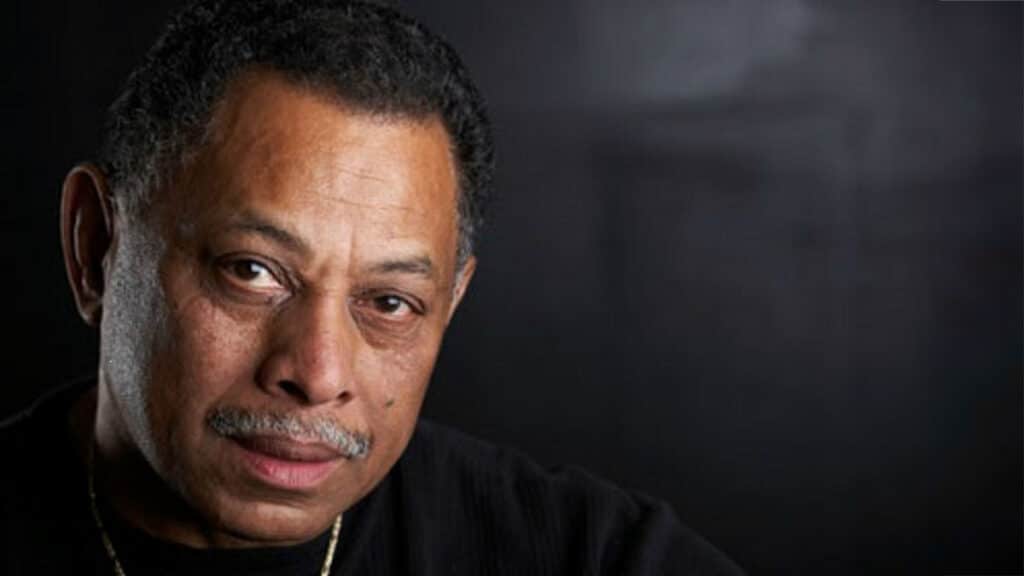Joe Bataan, “The King of Latin Soul,” was a key figure in the blending of Latin music with African American rhythm and blues in the 1960s.
Joe Bataan in New York City

Joe Bataan, “The King of Latin Soul,” plays a ¡Vaya! dance party in the David Rubenstein Atrium at Lincoln Center; on Friday, March 15, 2024 at 7:30pm. FREE. lincolncenter.org 🇵🇭 🇺🇸
Past New York Venues
Joe’s been around a long time and has probably played everywhere in New York City. These are just some recent venues.
Joe Bataan, “The King of Latin Soul”
Joe Bataan, born Bataan Nitollano in 1942, is a Filipino African American musician from “El Barrio” East Harlem. He grew up at 103rd St and Lexington Avenue.
New York City was a tough place back then and Bataan was a tough kid. He ran a gang and did some time. When he came out, Bataan put his focus on music and turned his life around.
Bataan’s first hit was “Gypsy Woman” (Fania, 1967) YouTube. In the song, you can hear the blend of Latin, R&B and Doo Wop that is Latin soul.
He worked with FANIA during the Latin Soul moment of the late 1960s and then for his own Salsoul label in the 1970s. Bataan even had an early hip-hop hit. His big hits include “Subway Joe” (YouTube) and “Ordinary Guy” (YouTube).
Battan is one of the artists you think of when you think of Latin soul. After retiring in 1982, he came back with “Call My Name” in 2005. In 2017, the elder statesman recorded with Spanglish Fly, a young New York City band that works the genre.
Original coverage was sponsored by Carnegie Hall Citywide. Thank you!
